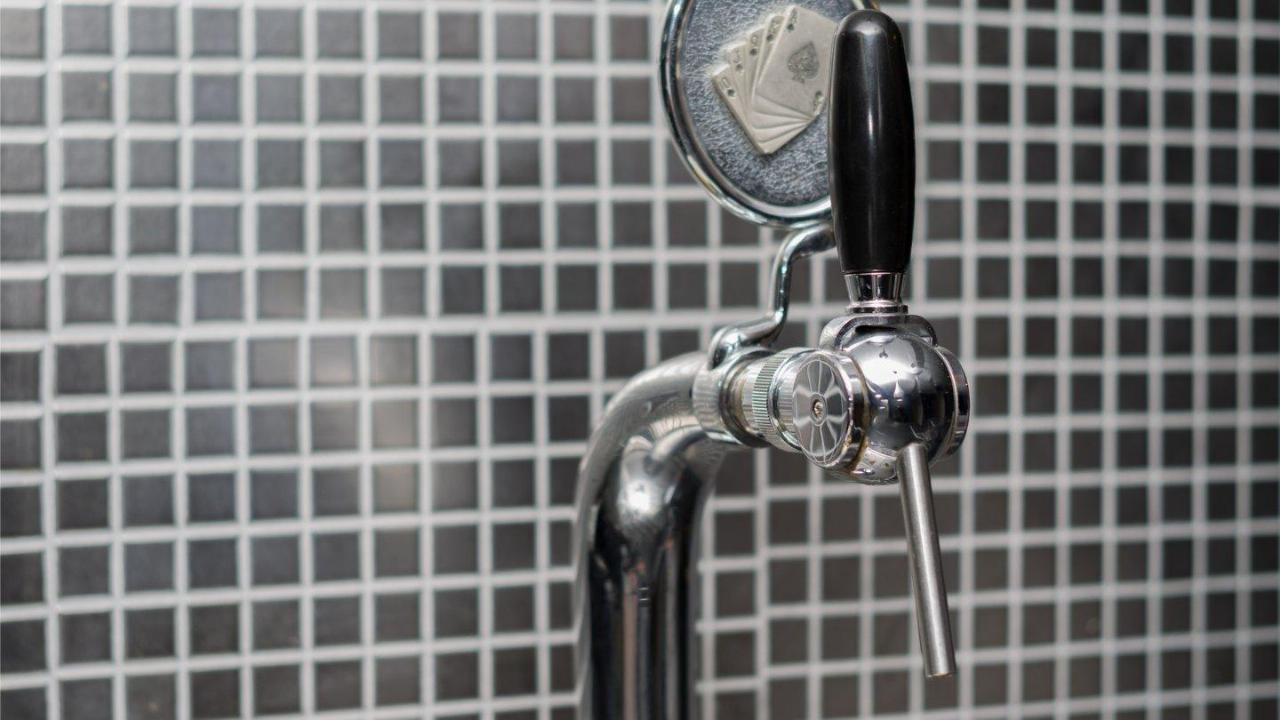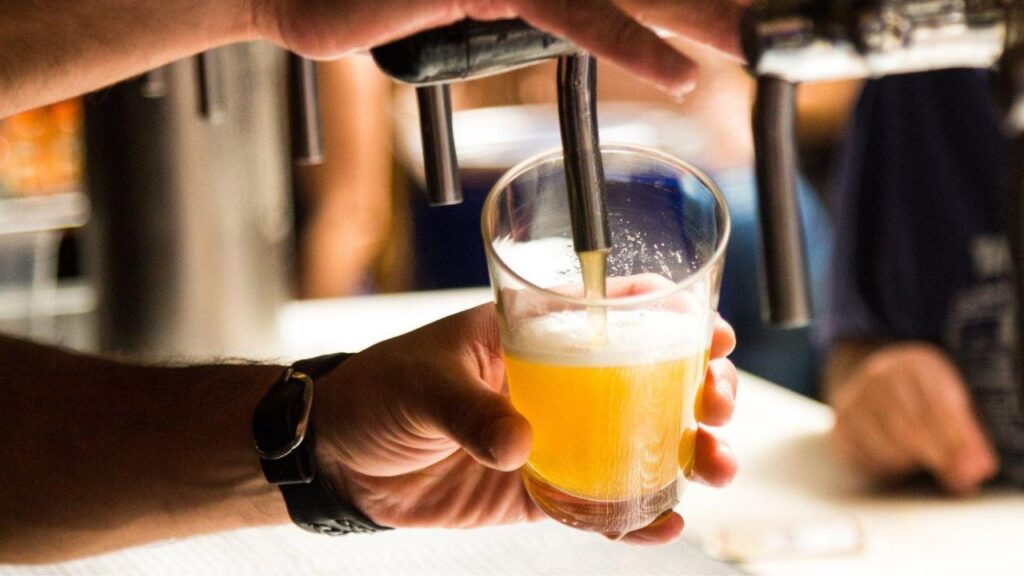Installing a beer tap at home isn’t just for enthusiasts—it’s becoming a practical, stylish choice. A kitchen tap system brings convenience, freshness and a touch of hospitality to everyday living. It also makes entertaining easier and more enjoyable.
The Benefits of a Home Beer Tap
A beer tap transforms how you enjoy your favourite drink. Beyond novelty, it offers tangible advantages in terms of taste, efficiency and sustainability. It’s not just a statement feature—it’s a functional upgrade.
Freshness and Flow on Demand
Unlike bottles or cans, draft beer retains a fresher taste when properly stored and poured. Having a beer tap at home means enjoying a perfect pour at the ideal temperature whenever you like. You can keep a keg chilled and ready, reducing the need for extra fridge space. Systems are now compact enough to fit neatly in modern kitchens, with smart models managing CO₂ levels and temperature automatically. Specialist shops such as https://www.casaidea.es/ offer a wide range of beer tap solutions for home use, blending form and function.
Sustainable and Cost-Effective
Installing a beer tap can cut down on packaging waste by reducing reliance on single-use bottles and cans. Buying beer in kegs often proves more economical over time, especially if shared regularly with guests. It also allows you to support local breweries by purchasing direct. Cleaning and maintaining your system is straightforward with the right setup, making it a long-term, sustainable option for beer lovers.
Choosing the Right Setup
Not all kitchens—or drinkers—have the same needs. Whether you host often or simply enjoy a quiet pint, there’s a setup to suit your space and lifestyle. Planning ahead ensures smooth installation and satisfaction in the long run.

Countertop vs. Built-In Systems
Countertop beer taps are ideal for those wanting a plug-and-play solution. These compact units often include their own refrigeration and CO₂ cartridges. Built-in models offer a more seamless look, integrating into kitchen islands or under-counter fridges. They typically provide better capacity and temperature control, though installation may require minor cabinetry modifications. Choose based on space, style and how often you expect to use the system.
Kegs, Gas and Temperature Control
Most home systems use mini kegs or standard 5-litre versions, which are widely available. CO₂ cartridges help maintain pressure, keeping beer fresh between pours. More advanced systems offer dual-tap options or integrated temperature settings for different styles of beer. Always check compatibility between the keg type and your dispenser. Proper insulation and clean lines are essential for hygiene and taste.
Why and How to Install a Beer Tap in Your Kitchen?
Once you’ve chosen your equipment, it’s time to install and enjoy. With a few simple tools and a bit of planning, your kitchen can become the perfect pour station.
Step-by-Step Installation Basics
Start by selecting a suitable spot—preferably near a power outlet and away from direct heat. Position the tap and refrigeration unit securely, ensuring proper ventilation. Connect the beer lines, keg and CO₂ system according to manufacturer instructions. Test for leaks and adjust pressure as needed. If unsure, consider hiring a local technician to ensure everything runs safely and efficiently.
Maintenance and Enjoyment
Clean the lines regularly using kits designed for home systems. This keeps the flavour fresh and prevents residue buildup. Rotate kegs based on season or occasion—lager for summer barbecues, stout for cosy winter nights. Keep glasses chilled for the perfect finish. With care and creativity, your kitchen tap becomes more than a feature—it becomes part of how you live and host.
A home beer tap combines practicality with pleasure. By choosing the right system and maintaining it well, you bring freshness, style and hospitality straight to your kitchen.


